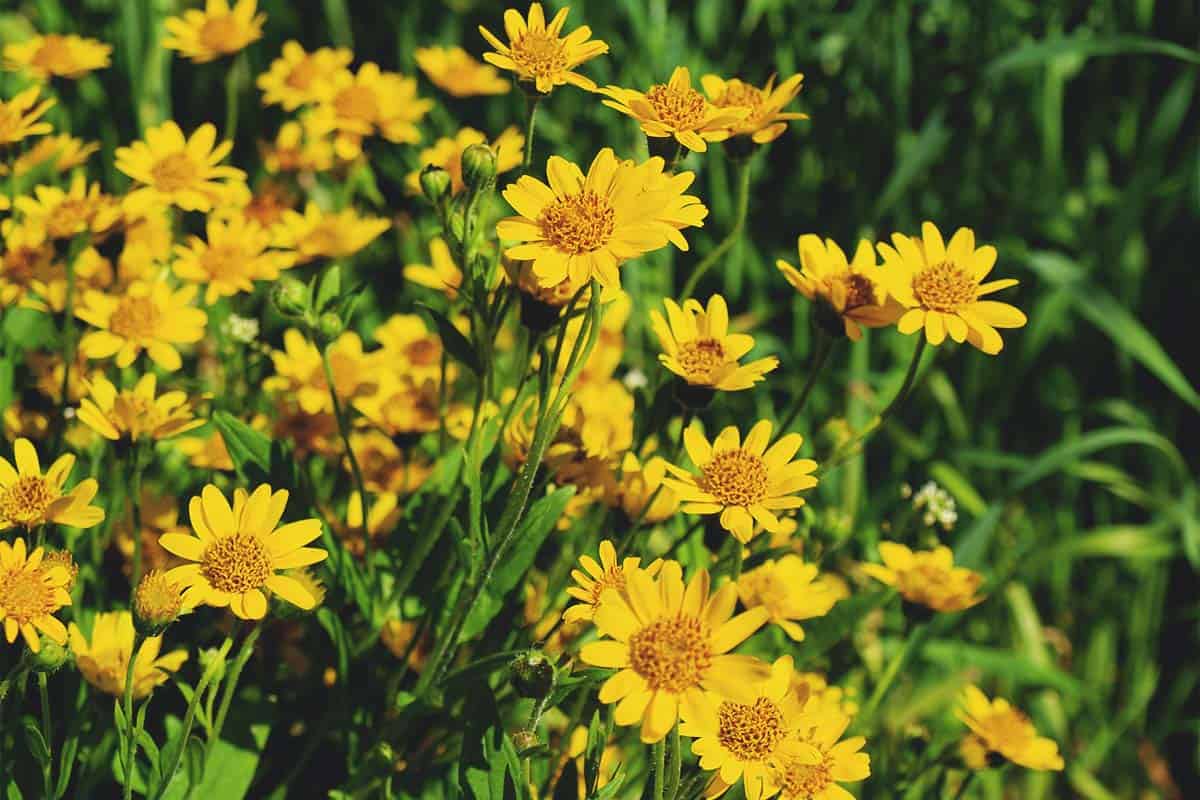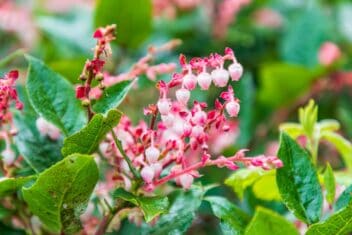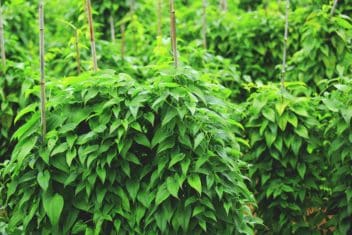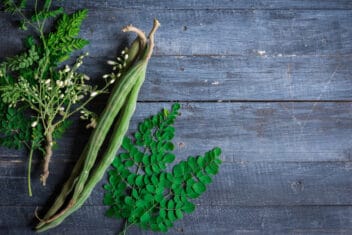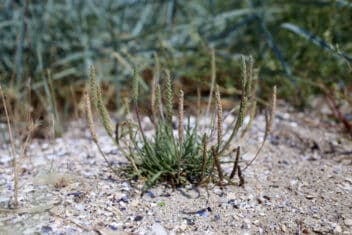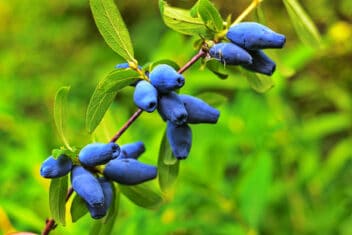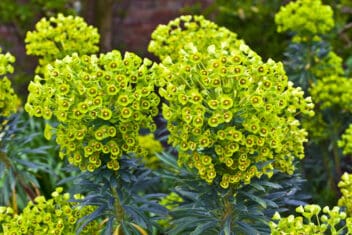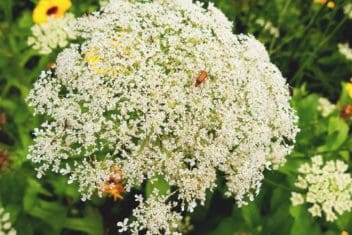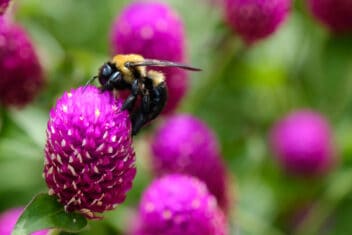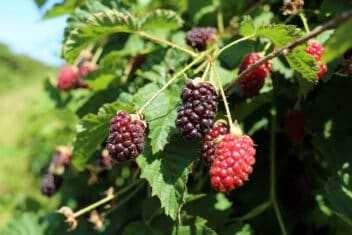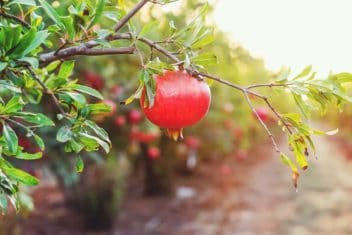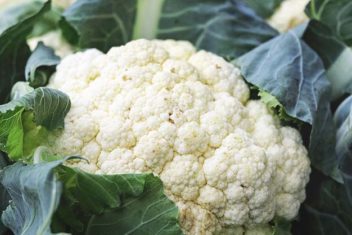Have you ever bruised yourself and rubbed arnica on your skin for relief? If you have, you’re certainly not alone. Arnica has been used for its healing roots and medicinal flowers for hundreds of years.
Even if you don’t want to use arnica for medicinal purposes, this hardy sunflower-relative will gift you a carpet of bright yellow blooms in the spring and summer.
While it isn’t fussy, it does have some specific requirements, so let’s dive in.
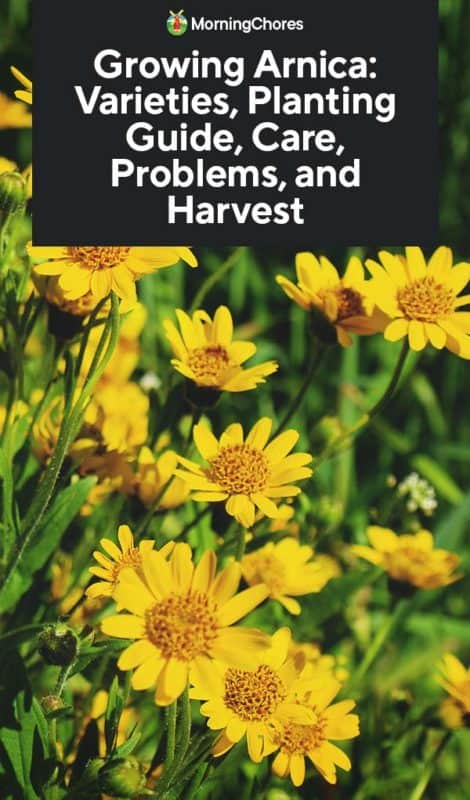
Varieties of Arnica
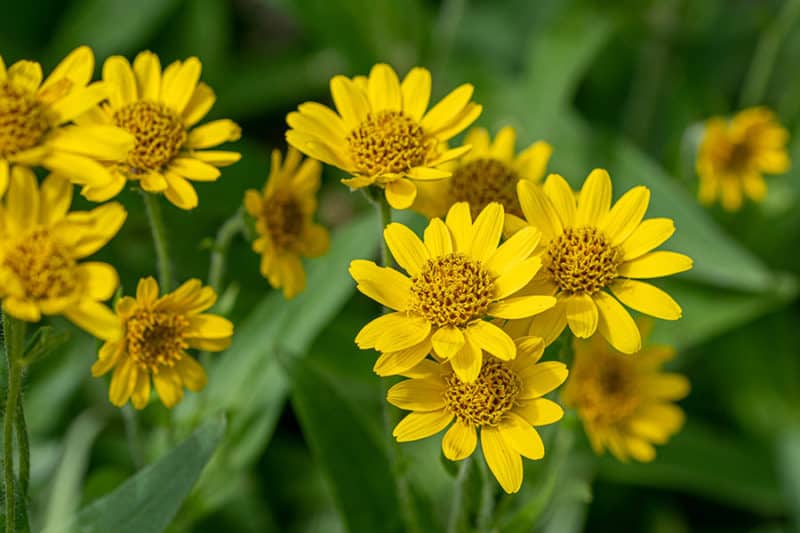
Arnica, Arnica spp., is a perennial native to North America and parts of Northern Eurasia. There are numerous varieties out there that you can choose from.
However, some of the varieties are difficult to find. There are at least 28 types that grow in North America alone.
Mountain Arnica
This is one of the most common varieties of arnica. It’s usually the type in medicinal and homeopathic preparations if you’ve used store-bought arnica products.
A. montana is considered to be one of the most potent varieties, so if you want to grow arnica medicinally, this is the type to choose.
Heartleaf Arnica
Sometimes known as heartleaf arnica, A. cordifolia is common in much of western North America. It’s easily recognized due to a heart-shaped notch at the base of its leaves.
You’ll often spot it growing in the understory of forests in masses.
It can grow anywhere from 6-24 inches tall
Chamisso Arnica
This variety has masses of bright green leaves and incredible 20-inch flower stalks with bright yellow petals. A. chamissonis is often used if A. montana is unavailable for medicinal purposes.
It’s great for cut flowers, too. Blossoms appear from April through September.
This type is better for people who live at lower elevations.
Broadleaf Arnica
Broadleaf arnica, A. latifolia, has – as the name suggests – broad leaves. It spreads much more rapidly than some other varieties, which makes it perfect if you have an area you want to fill.
This North American native grows anywhere from 4 inches to 20 inches tall and blossoms in the spring.
Foothill Arnica
Also known as foothill arnica, A. fulgens needs part shade and moderate amounts of water. It blooms in April with showy yellow flowers and grows up to 3 feet tall.
Twin Arnica
A. sororia is commonly called twin arnica. It grows well around larger plants like trees, so it’s great for wooded areas. It prefers part shade.
It’s native to Western North America, though it’s rare to see it in the wild. Twin arnica gets about 24 inches tall and blooms in the early summer.
Nodding Arnica
Also known as nodding arnica, A. Parryi has distinct flowers made up of disc florets. The blossoms show up in June-September. The heads of the plant curve to face downward, which is where it gets its name.
This plant stays short, at under to 1 foot tall.
How to Grow Arnica
In the wild, Arnica grows in alpine areas, woodlands, in forests, and in open pastures.
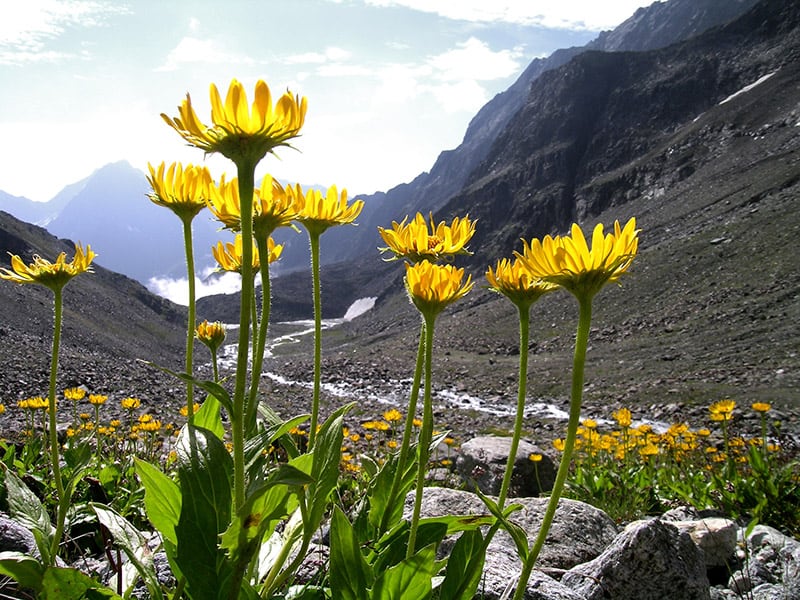
Find the Right Location
Arnica grows well in USDA agricultural zones 4 to 9, and there are some varieties that grow in zone 3 as well.
Put plants in a spot with full sun or partial sun. Different varieties have different preferences.
Arnica is a forgiving plant, as you can tell by the fact that it grows so well in the wild. For best results at home, plant in loamy soil that is loose and well-draining. One thing arnica struggles with is waterlogged roots.
Aim for a pH of 6.5, though arnica isn’t fussy.
Planting Seeds
Plant arnica in early to late spring depending on how warm it gets in your zone. Plant arnica when the soil temperature is a consistent 55°F or more.
You can also start plants indoors to let the arnica plant get established until all risk of frost has passed.
To plant seeds, gently press them into the soil or soilless starting mix. Cover lightly and tamp down. Keep seeds evenly moist in bright, indirect sunlight until the seeds emerge 1-3 weeks later.
While it isn’t necessary, you can improve germination by exposing arnica seeds to cool temps. Some varieties of arnica require a cooling period before germination. Place the seeds in peat and store in the fridge for at least 3 months. Remove and plant in good quality seed raising mix and keep indoors until they have germinated. Keep the soil moist.
Different varieties of arnica have differing requirements for germination. Make sure you know what arnica variety you’re planting and what they need for the best results.
Root Division
You can also divide existing plants and re-plant the rhizomes. Dig up an existing plant and carefully shake off the excess soil.
Arnica is hardy when it’s established and can be divided in early spring.
Cut the plant in half using scissors or clippers. You can now plant the two halves in prepared soil.
Container Planting
Containers are a good option for arnica if you don’t have a large garden or you want to prevent it from spreading. You can also control the environment by moving the plant around to follow the sun.
Make sure you have a well-draining container and medium. Don’t allow the container to dry out or get waterlogged.
Spacing
Space arnica plants about 6 inches apart. When planting seeds, thin out to 6-inch spacing as the plants mature. Try replanting the ones you remove elsewhere.
Caring for Arnica
Once you’ve got it growing, there are a few things you need to know to keep arnica happy.
Fertilizer
It’s a good gardening practice to fertilize your garden before you plant. Arnica is no different. The beauty of arnica is you don’t need to fertilize again. It’s adept at growing without extra feeding.
Use a balanced fertilizer and dig in well before planting.
Water
Provide water to arnica when the top inch of the surrounding soil is dry. Don’t allow arnica to become too dry as its not drought resistant.
Don’t soak the soil either though. Arnica doesn’t like soggy soil.
Pruning
As the arnica flowers die off, you must deadhead the plant to keep the blooms coming.
Cut back in the fall when all flowering has stopped and the arnica looks like it’s wilting slightly.
Companion Planting for Arnica
Most arnica varieties will spread, so be aware of that when choosing companion plants. These options work well with arnica.
- Calendula
- Echinacea
- Citronella
- Feverfew
- Witch Hazel
Common Problems and Solutions for Growing Arnica
Arnica is usually a robust plant, but there are some things that can be a problem, especially in humid environments.
Snails and Slugs

Snails love arnica and will often use it as a home as well as food. You can use snail bait or any organic methods you have. I surrounded my arnica with pine needles to keep the snails out and it worked well.
Looper Caterpillars
These voracious little caterpillars won’t do too much damage in small numbers and in a large plot of arnica. They will cause serious damage in large numbers, however.
I use arnica for medicinal purposes so I don’t want to use any chemicals in controlling pests. Use organic Spinosad sprays and cover plants with floating row covers in the spring.
Rabbits

Although it’s dangerous for humans to take arnica internally, rabbits will eat a large amount of arnica if given the chance.
My arnica patch is too big to cover, so we have more traditional methods of controlling rabbits on our homestead. We shoot them, but you choose whatever method you’re comfortable with.
Powdery Mildew
This may be a problem in high humidity and it’s not something you want on arnica if you’re using it for medicinal purposes.
I use a homemade organic mix with baking soda.
Harvesting Arnica
Arnica has been used to treat inflammation, bruising, blunt injuries, and skin lesions since the 1500s. With anti-inflammatory, anticoagulant, and pain-relieving properties and is one of the more popular natural topical bruising treatments out there.
While testing is still ongoing, there is some evidence that it does help with healing bruises and with osteoarthritis.
It’s said to heal bruising by moving congested blood, allowing fresh blood to flow into the area to facilitate healing.
Remember, although arnica is often called a herb, it is not for internal consumption. It’s used for topical health products. In large enough amounts, eating arnica could kill you.
It’s important that you identify arnica flowers if you plant with other plants that can be taken internally like chamomile.
Arnica flowers are harvested when they are fully open. Once they are harvested, you should dry them. This is done prior to extraction processes.
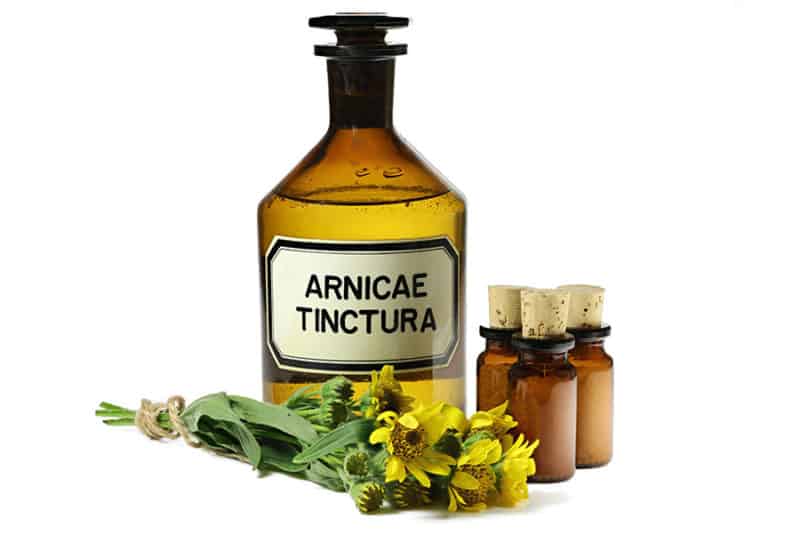
If you’re going to use arnica as medicinal balms and salves, it’s best to either do a course or learn from someone who already does it as the process can be quite complicated.
If you’re using arnica for cut flowers, just identify the straightest stems and cut them off. Some arnica varieties produce long-stemmed flowers, while others are more of a carpet plant.
